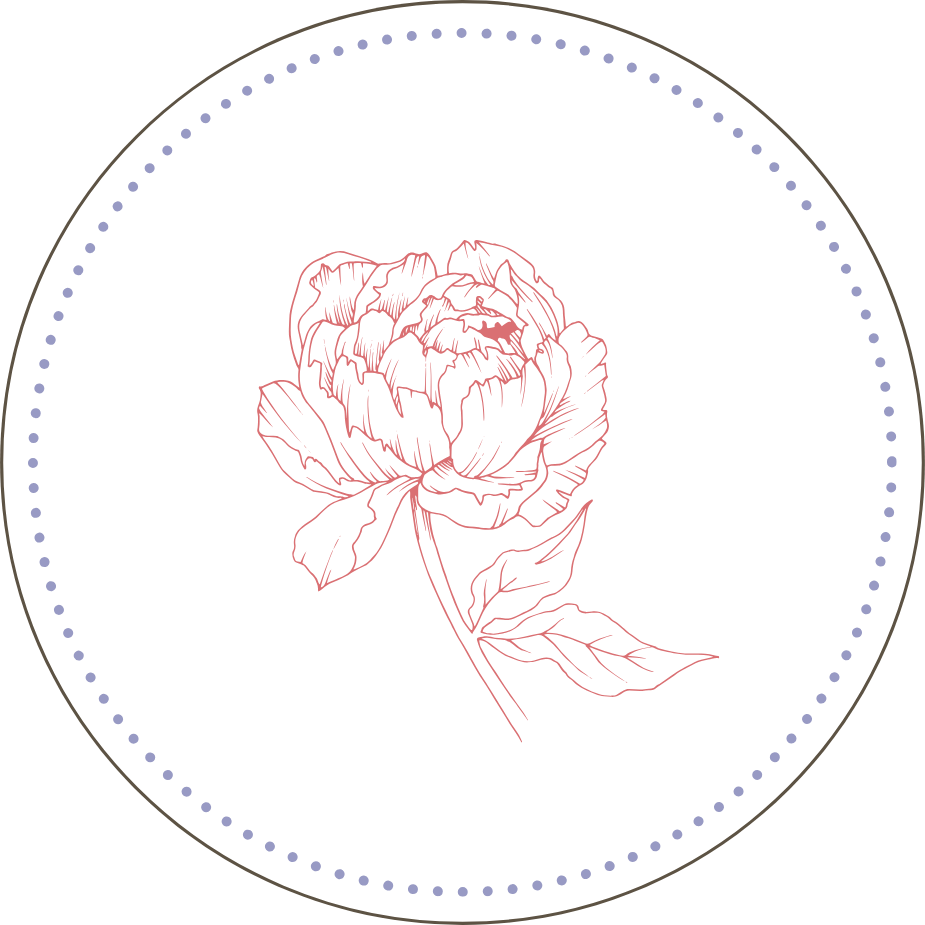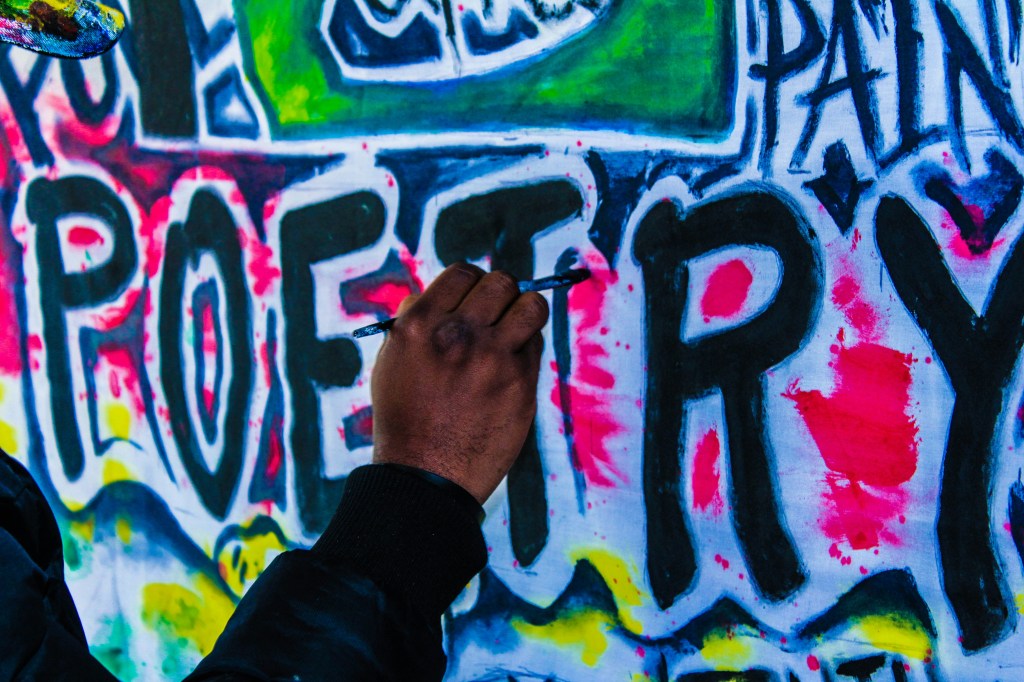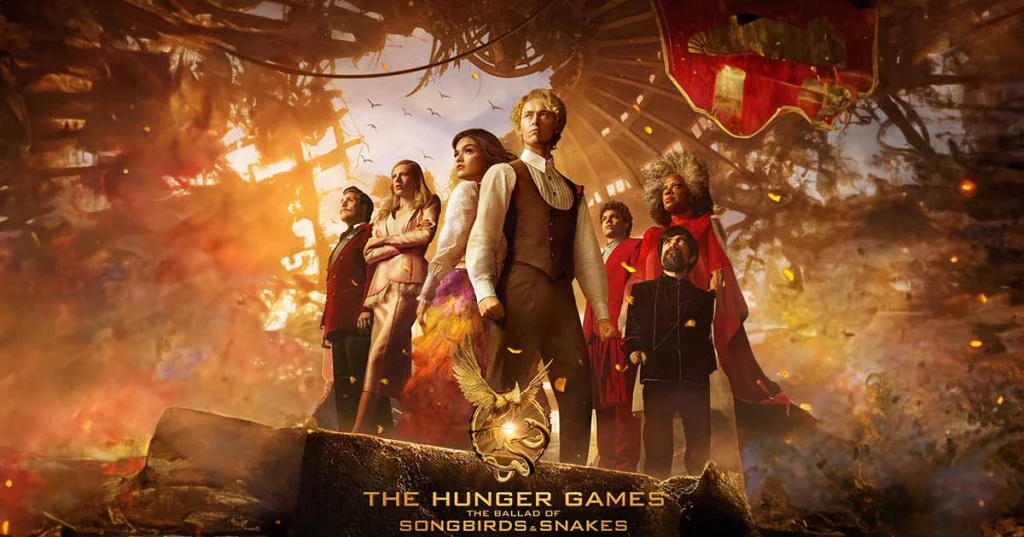Happy World Poetry Day!
As a fan of poetry it’s always exciting to see the posts come in, the old poems that surface like foam on a wave. For a very long time Tumblr was always a great place for me to find angsty lines and poignant images. Now that I’ve grown up, that hasn’t changed.
I discovered the poetic diary entries of Ms. Anais Nin and fell in love.
One of my favourite quotes I discovered comes from her 1934-1939 diaries.
The monster I have to kill everyday is realism. The monster who attacks me everyday is destruction. Out of these duels come transformation. I have to turn destruction from creation over and over again.
The Journals of Anais Nin (November, 1936)
This quote forced me into a state of mull. Poetry has, to me, always been a vulnerable place. It is the space between feeling and sense, between hyperbole and simplicity, between the heart and the head. The images that mark good poetry always find their audiences because of nuance and specificity, yet they’re incredible vague to some.
The beauty of poetry is the delicate balance that it takes for a poem to be formed. Now, there is subjective preference and then there is technical fluency, neither of which are more important than the other. More often, it’s the poems that use technique and emotion in tandem that captures the attention of an audience.
Think of Emily Dickinson. I’ll admit my bias towards her is genuine and deep, but scholars and non-academics alike have found value in her words. Ms. Dickinson didn’t use overtly complicated language, but maintained richness in her vocabulary. Her poems express common experiences in uncommon ways. Even if you don’t know her life, or when she lived, there is a timelessness in her cadences.
The 2019 Apple TV show Dickinson plays with Ms. Dickinson’s poems by casting them into a modern reimagining of Emily’s quiet life in Amherst, Massachusetts. The poetry interlaced with the narrative beautifully, and it led me to pick up the Complete Works of Emily Dickinson.
Poetry as an art form is one of the oldest and purest forms of human communication. From the first Exeter Poems that were written in pre-English to the Shakespearean sonnets, all the way down to the poets of today, poetry is a legacy that spans across time with deep breadth. Not only in English literature, but in every language, in every culture, and in every time period there has been poetry.
Poetry has taken many forms over the millennia we have written it. Some poetry was written down, some spoken, yelled, and sung. Oral tradition spans much farther back than the written word, and old songs maintain nuggets of the cultural perspective and beliefs of their time.
Songs are poetry set to music.
Folklore by Taylor Swift is a poetic masterpiece of an album. Not only does folklore maintain lyrical superiority, but the simplicity of the ideas and images are what give it such power.
I remember being in the pandemic and struggling with so much. I was in the middle of my undergraduate degree and fighting with myself to get the work done. I had endless time to myself but was in a constant state of burnout. Then, July came around and my friend showed me “a new album that I need to hear.”
When I heard the lyrics to this is me trying I cried. It was in the middle of the worst waves of COVID when the death tolls were raising everyday, when doctors where burning out, when we all began to feel the ache of summer calling us outside. It was almost a relief to hear that someone else understood how hard it is sometimes.
But none of the experiences in the song were even remotely similar to what I was experiencing. In the folklore longpond sessions Taylor dives into the emotion and her interpretation of the song and it deepened my love for it even more.
The song is about the imagined pain of trying your hardest and not seeing the results. That is so painfully human that I find it difficult to not resonate. Sometimes you give it your all, but you didn’t do the things you said you were going to, you didn’t show up in the way you needed to, but the effort was there. That experience is universal.
Like Swift said, the real world doesn’t give out participation awards. The real world doesn’t care if you tried unless it’s executed perfectly. While I don’t personally relate to the exact struggles of the people Swift was imagining in her song, I did relate to the feelings behind them. The image of this person – the struggles of an alcoholic trying not to drink, the struggles of a human giving everything they have in service of becoming a better version of themselves – renders an image of myself addicted to the things in my life that hurt me, and doing everything I can to patiently and mindfully mend those pieces of myself.
I could go on for decades about each song on folklore, their poetic relevance, the nuances, the characters, narrative in music, but I’m only going to mention one other song to fully encompass the connection between poetry, music, emotion, and intertextual referencing. As a fan of the Romantics, the lakes naturally comes to mind.
The very nature of poetry is fluidity, which is a fundamental requirement of lyrics in music. But it wasn’t until I read the lyrics to the lakes that I fully reckoned with how vastly I wanted to climb into the soft and cold world that Swift built. I could feel the melancholy in her voice, in the metre that ran underneath each word.
I want auroras and sad prose
the lakes, Taylor Swift
I want to watch wisteria grow right over my bare feet
‘Cause I haven’t moved in years
And I want you right here
A red rose grew up out of ice frozen ground
With no one around to tweet it
While I bathe in cliffside pools
With my calamitous love and insurmountable grief
In this bridge, Swift is begging for the beauty of spring in the dark and cold winter, she wants a miracle to be born in a time of death and grieving. Her reference to William Wordsworth in the second verse places us directly in the Romantic era, which focuses thematically on nature, industrialism, occultism and spirituality, anything that broke conventionality. The Romantics believed that the emotion is law and passion is the secret ingredient to poetry.
The lakes carries a sensation of longing, of loss, an elegy to a former version of oneself, a happy one. The music distracts from the devastating poem written underneath a romantic and rosy tune. But the images of dying in Windermere under a summer breeze, in the place that inspired scores of poetry due to its natural richness, it’s a dark cozy thought. As the Romantics would have demanded it.
The way you connect with lyrics, lines, prose, whatever form of writing you connect to, it’s personal. The personalism of these images, vague yet carrying the weight of meaning passed from one knowing mind to another, they are like secret messages we send to one another through time.
The joy of poetry is finding the ones that make sense to you. It’s writing the poetry that comes to you. It’s sharing a funny limerick, singing a fun song, and reading a book in the corner of your living room. I love the kind of poetry that makes you forget your tea until it turns cold. The kind of poetry that makes you gasp, and invest in the words that are being said.
With the arrival of World Poetry Day and the exciting announcement of Taylor Swift’s new album The Tortured Poets Department, I wanted to take a moment to celebrate Poetry in all it’s forms. For me, the best poetry are these dark, organic, romantic pieces that say something about life and death and existence. For others, that probably sounds too existentialist and dramatic. That’s the beauty of poetry, it’s all in the eye of the reader.
I have too many favourite poets to possibly mention them all, but here are a few names for you to check out if you’re looking for some new poetry to dive into.
The Romantics:
- Emily Dickinson
- William Wordsworth
- Christina Rosetti
- Edmund Spencer
- Edgar Allan Poe
The Moderns:
- Ocean Vuong
- Margaret Atwood
- Sylvia Plath
- Derek Walcott
- Claudia Rankine
- Shel Silverstein
Featured image via Trust “Tru” Katsande.




Leave a comment